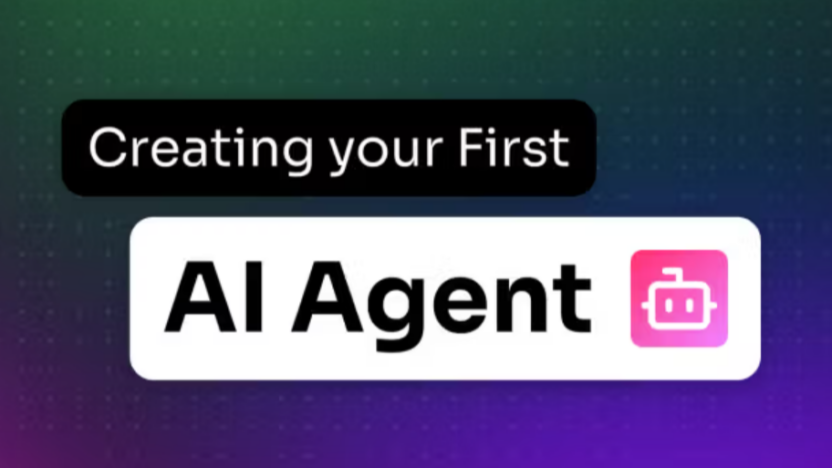This tutorial explains how to build a team of AI agents to address grievance redressal using Python, Django, and CrewAI.
Introduction
Grievance redressal is a critical process for any organization. It involves receiving, evaluating, and resolving complaints or grievances from stakeholders. Traditional methods of grievance redressal can be time-consuming and inefficient. AI-powered solutions offer a way to automate and streamline this process, making it faster, more accurate, and more transparent.
Technologies Used
- Python: A versatile programming language used for building the AI agents and backend logic.
- Django: A high-level Python web framework for building the user interface and managing data.
- CrewAI: A framework for orchestrating and managing teams of AI agents.
Steps
- Setting up the Django Project:
- Install Django: pip install django
- Create a new Django project:
django-admin startproject grievance_redressal - Create a Django app:
python manage.py startapp redressal
- Defining the Data Models:
- In
redressal/models.py, define models for grievances, users, and any other relevant data.
- In
from django.db import models
class Grievance(models.Model):
user = models.ForeignKey(User, on_delete=models.CASCADE)
subject = models.CharField(max_length=200)
description = models.TextField()
status = models.CharField(max_length=50, default='Received')
created_at = models.DateTimeField(auto_now_add=True)
def __str__(self):
return self.subject3. Creating AI Agents with CrewAI:
- Install CrewAI:
pip install crewai - Define the roles and tasks for each AI agent. For example:
- Receptionist Agent: Receives and categorizes grievances.
- Investigator Agent: Analyzes the grievance details.
- Resolution Agent: Suggests and implements solutions.
- Communication Agent: Communicates with the user.
from crewai import Agent, Task, Crew, Process
# Define agents
receptionist_agent = Agent(
role='Receptionist',
goal='Receive and categorize user grievances',
backstory='You are responsible for the initial processing of user complaints.',
verbose=True
)
investigator_agent = Agent(
role='Investigator',
goal='Analyze grievance details and identify key issues.',
backstory='You are in charge of in-depth analysis of complaints.',
verbose=True
)
# Define tasks
receive_grievance_task = Task(
description='Receive a grievance from the user and categorize it.',
agent=receptionist_agent
)
analyze_grievance_task = Task(
description='Analyze the details of the grievance and identify key issues.',
agent=investigator_agent,
context=receive_grievance_task.output
)
# Create the crew
crew = Crew(
agents=[receptionist_agent, investigator_agent],
tasks=[receive_grievance_task, analyze_grievance_task],
process=Process.sequential
)
# Run the crew
result = crew.kick()
print(result)4. Integrating CrewAI with Django:
- Create Django views to handle user input and interact with the CrewAI agents.
- Use Django forms to create a user-friendly interface for submitting grievances.
from django.shortcuts import render
from .forms import GrievanceForm
from .models import Grievance
def submit_grievance(request):
if request.method == 'POST':
form = GrievanceForm(request.POST)
if form.is_valid():
grievance = form.save()
# Interact with CrewAI here to process the grievance
return render(request, 'success.html', {'grievance_id': grievance.id})
else:
form = GrievanceForm()
return render(request, 'submit_grievance.html', {'form': form})5. Building the User Interface:
- Create HTML templates for submitting grievances, viewing status updates, and communicating with the AI agents.
- Use Django’s template language to dynamically display data and interact with the backend.
6. Testing and Deployment:
- Thoroughly test the application to ensure it functions correctly.
- Deploy the application to a suitable hosting platform.
This tutorial provides a high-level overview of how to build a grievance redressal system using Python, Django, and CrewAI. Each step can be further expanded upon to create a more robust and feature-rich application.



